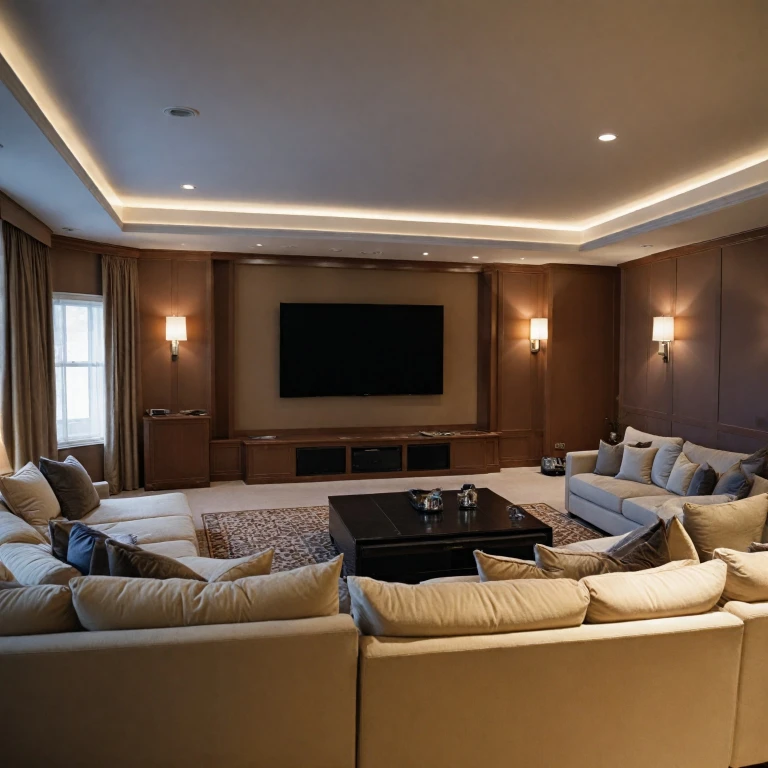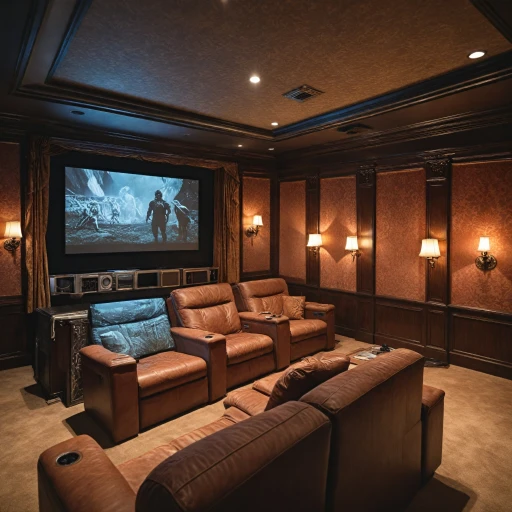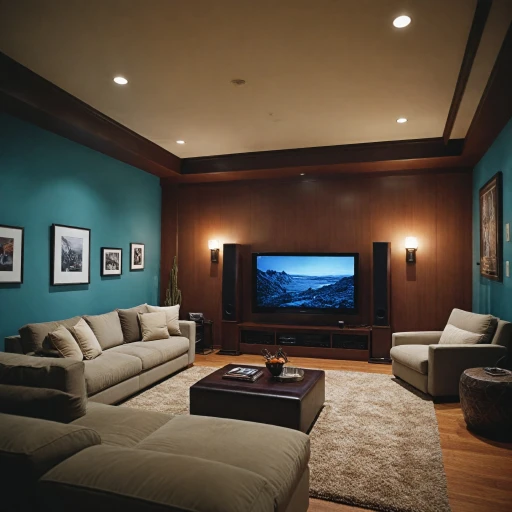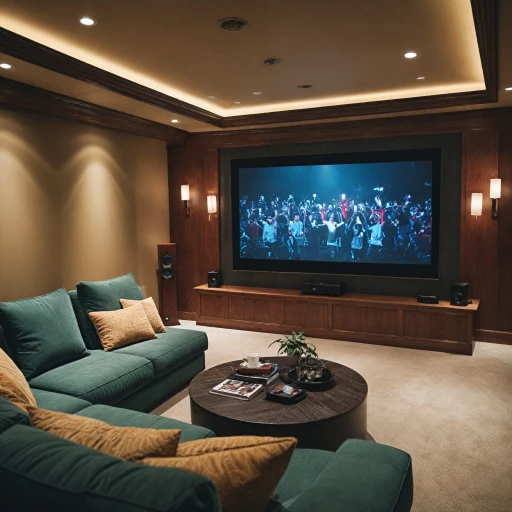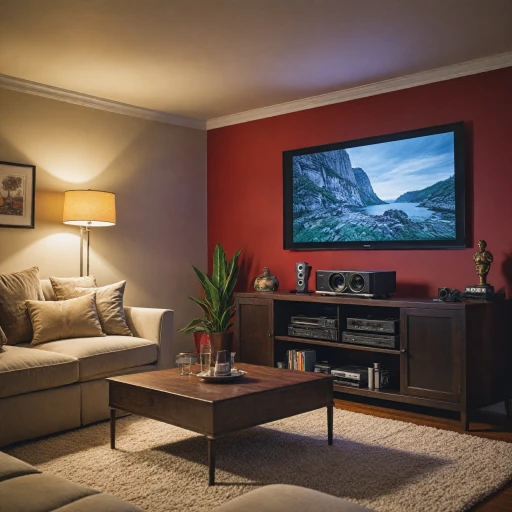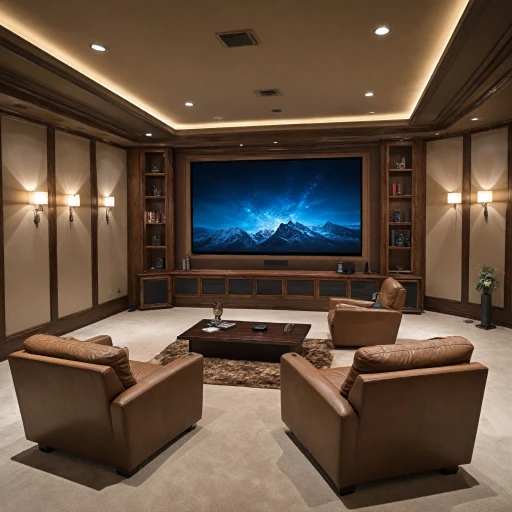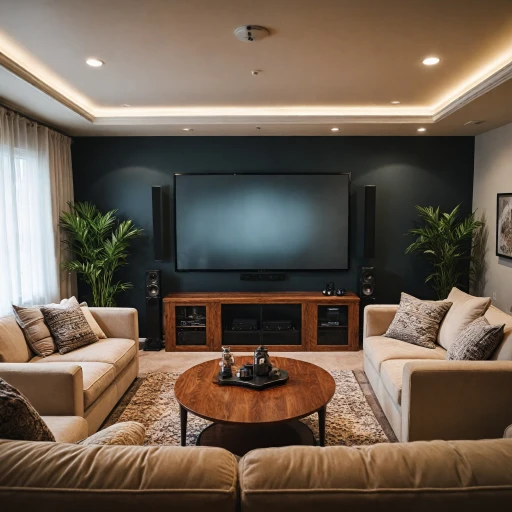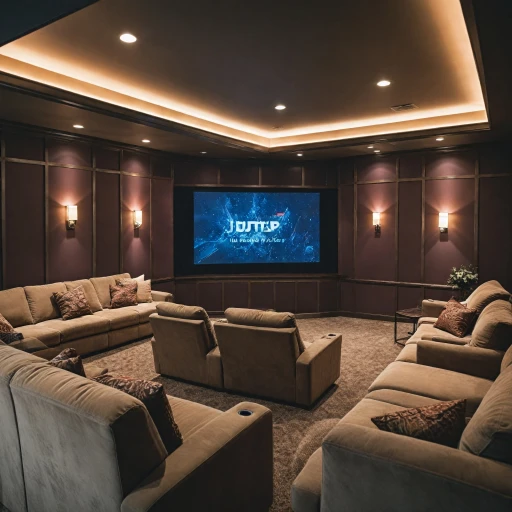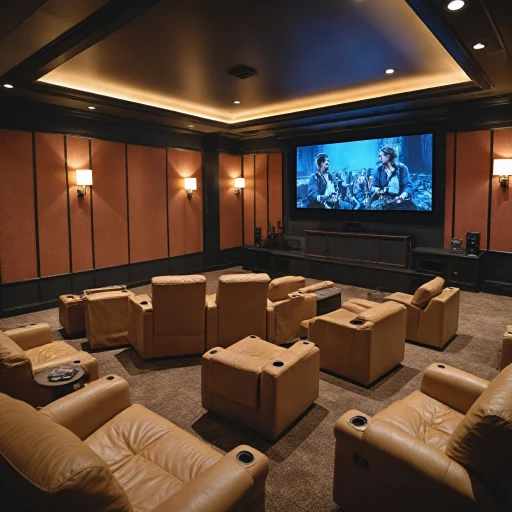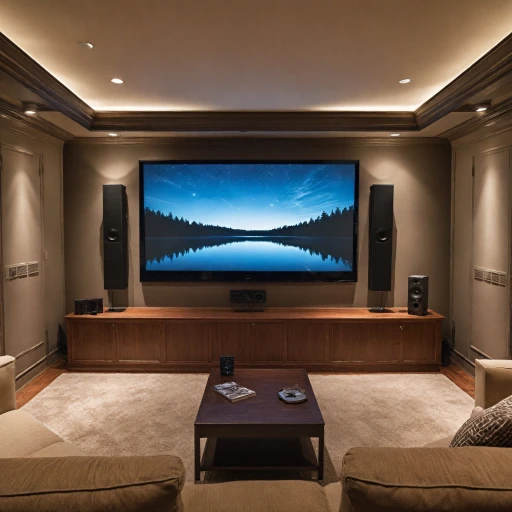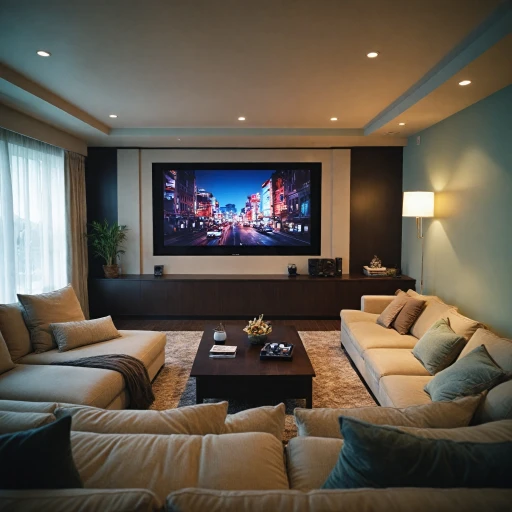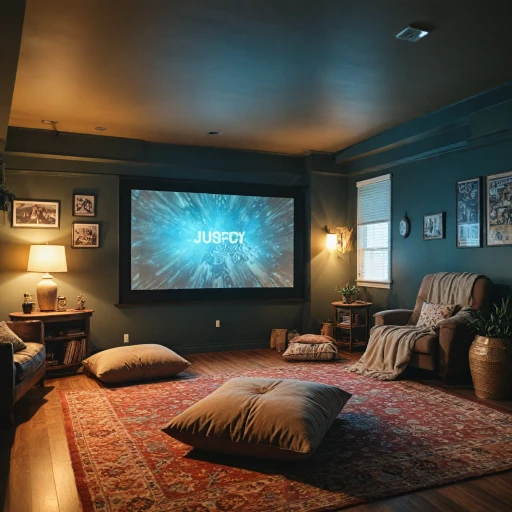
Understanding Speaker Wire Basics
Getting a Grasp on Speaker Cable Fundamentals
Understanding the basics of speaker cables is crucial when setting up your home theater system. At its core, speaker wire plays a critical role in transmitting the audio signal from your amplifier to the speakers. It's not just about connecting components; it’s about maintaining the quality of sound that your audio system delivers. When selecting a speaker wire, a quick view of its material composition and design specifications can help in determining the best option for your needs. Speaker cables generally come in two common materials: copper and aluminum, with each having its unique advantages. Copper is valued for its excellent conductivity, especially when it’s oxygen-free (OFC), which reduces corrosion and improves performance. Alternatively, copper clad aluminum offers a budget-friendly alternative while maintaining adequate signal transmission. Wire gauge is another significant factor in your choice. The gauge speaker wire you need depends on the length of the cable run and the overall power requirements of your speakers. A lower American Wire Gauge (AWG) number means a thicker wire, which is typically more suitable for high-power systems or longer run lengths to assure minimal signal loss. For those creating an outdoor audio setup, weather-rated speaker wires such as direct burial cables can be ideal, ensuring durability and performance in various environmental conditions. Additionally, a sleek aesthetic can be achieved with white cables or flat designs that easily integrate into a room’s décor. For a deeper dive into optimizing sound quality via speaker cables, you might consider the potential enhancements offered by a center channel speaker, which can significantly improve dialogue clarity and overall audio experience in your home theater setup.Evaluating Wire Gauge for Your Needs
Understanding Wire Thickness and Its Importance
Choosing the optimal gauge speaker wire is crucial for achieving the best audio quality. Gauge, or AWG (American Wire Gauge), indicates the thickness of the wire, affecting both its electrical resistance and its ability to carry signals efficiently to your speakers. Thicker wires, with lower AWG numbers, typically perform better as they have less resistance and are rated to carry more current.
For instance, a 12-gauge speaker wire is often recommended for longer runs or when dealing with outdoor speakers, as it minimizes the loss of sound quality over distance. Conversely, a 16-gauge wire might be suitable for shorter runs within a compact home theater system.
Factors to Consider for Your Home Theater
When selecting the proper wire gauge for your audio setup, consider the distance between your amplifier and your ceiling speakers or other components. Longer cable runs require thicker wire, especially when high power output is a factor. Additionally, choosing oxygen free copper (OFC) can enhance conductivity and durability, reducing the chance of signal degradation over time.
Ordering the Best Wire for Your Needs
Ensure your speaker wires are appropriate for both indoor and direct burial outdoor applications. Wires with insulation marked as "outdoor-rated" offer additional protection against the elements. Many wires also come in convenient forms like banana plugs for straightforward connection.
For those looking to fine-tune their audio experience, selecting a pure copper or copper clad aluminum speaker wire can add further value. Each type offers different benefits tailored to specific speaker cable needs, enhancing overall sound quality. For guidance on integrating audio components into your system, link to enhancing your home theater experience with a subwoofer plate amplifier could provide additional insights.
Material Matters: Copper vs. Aluminum
Exploring Speaker Wire Materials: Copper vs. Aluminum
Choosing between copper and aluminum for your speaker wire can significantly impact the performance of your home theater system. Each material presents unique characteristics that cater to different audio needs. Copper is widely regarded as the best conductor of electricity, making it the most popular choice for speaker cables. Its excellent conductivity ensures minimal audio signal loss, providing clearer, more detailed sound quality. Pure copper wires, often oxygen-free (OFC), are known for their durability and are rated highly for indoor and outdoor use. They are especially good with systems requiring longer runs, as its low resistance supports optimal sound transmission. On the other hand, copper-clad aluminum (CCA) is an alternative that combines copper's conductivity with aluminum's lightweight profile. It's a cost-effective option, particularly for larger installations, and it's easier to handle due to its lighter weight. However, CCA wires typically have a higher resistance, possibly affecting audio quality, making them more suitable for less demanding systems or applications where budget is a greater concern. When assessing which material suits your needs, it's crucial to consider the wire gauge. For instance, a lower AWG rating indicates a thicker wire, enhancing the performance of either material. For an expansive room setup with ceiling speakers or outdoor systems, pure copper wires with a thicker gauge will likely provide the best results. Ultimately, the choice between copper and aluminum speaker cable comes down to balancing budget constraints with desired audio fidelity. Feeling informed about the pros and cons ensures you make the right decision that will keep your home theater system performing at its best. For more information on choosing the best material for your home theater, you can find a detailed guide here.The Role of Connectors in Sound Quality
The Impact of Connectors on Your System's Sound Quality
When it comes to sound quality in your home theater, connectors play a crucial role in ensuring that the audio signal is transmitted effectively from your receiver to the speakers. The type of connectors you use can make a difference in the clarity and quality of the sound you hear. One popular choice for many audio enthusiasts is banana plugs. These connectors offer a secure and simple connection to your speaker wires. They prevent the wires from fraying and provide a stable connection, which can improve the overall sound quality of your system. It's also important to ensure that the connectors you choose are compatible with the gauge speaker wire you've selected. Thicker wires, such as those with lower AWG numbers, will require connectors that can accommodate their size. For those seeking the best audio experience, consider using connectors made from materials like oxygen-free copper (OFC). OFC connectors can offer lower resistance and better conductivity compared to other materials, which is advantageous for achieving the best sound quality. Additionally, make sure to pay attention to the connector material, as connectors made from pure copper could enhance performance. Whether you're using good speaker wire for indoor or outdoor setups, such as ceiling speakers or direct burial installations, the right connectors can enhance the durability and performance of your cables. One quick view takeaway is that investing in high-quality connectors is just as important as choosing the right rated cables. They serve as the finishing touch that can complete your audio system's setup, ensuring you receive the best sound possible from your speakers.Installation Tips for Optimal Performance
{"Boosting Sound Performance with Expert Installation Techniques
Proper installation of your speaker wire can dramatically enhance your audio system's performance, ensuring you get the best audio experience possible. Pay attention to the following aspects during installation to maximize sound quality and system efficiency:
- Length Consideration: Minimize the length of your wire runs whenever possible. Long cables can result in signal loss, impacting sound quality. Calculate the distance between your audio components and speakers to select the appropriate length of wire.
- Avoiding Interference: Keep your wires clear of power cords and electronic devices to prevent interference, which can disrupt audio clarity. Consider using shielded speaker cables if interference is an issue in your environment.
- Connection Quality: Ensure secure connections using reliable connectors, such as banana plugs or spade terminals. These connectors help to maintain a solid connection between the wires and the speakers, crucial for maintaining quality sound transmission.
- Proper Gauge and Material: Select the right wire gauge and material that aligns with your system's specifications. Using oxygen-free copper (OFC) is often recommended due to its superior conductivity and reliability.
- Color Coding and Organization: Using color-coded wires, such as white or similar hues, can simplify installation and future troubleshooting. Neatly bundle and label wires to facilitate easier maintenance and adjustments.
By focusing on these installation tips, you ensure your wire system delivers the quality and reliability your home theater deserves. Handling these elements with care will provide you with an audio experience that truly resonates.
Troubleshooting Common Speaker Wire Issues
Overcoming Common Audio Challenges with Speaker Wires
Successfully setting up a home audio system can sometimes be hindered by issues with speaker wires, and diagnosing these problems early can save time and frustration. Here are some common speaker wire issues and suggestions to resolve them:- Sound Quality Concerns: If you're experiencing poor audio quality, it could be attributed to several factors, including the gauge speaker wire used. It’s crucial to ensure you're using the correct wire gauge for your specific system requirements. Thicker wires, such as 12 AWG, are generally recommended for longer runs to reduce resistance and maintain signal strength.
- Loose Connections: Often, a simple loose connection can lead to audio dropouts or crackling sounds. Make sure connectors, such as banana plugs or spade connectors, are firmly attached to both the speaker wires and the terminals. Using pure copper oxygen-free or copper clad aluminum cables can provide a more stable connection.
- Signal Interference: If you’re noticing distortion or a hum, it might be due to interference from nearby electronics or power cables. Keeping your speaker cables, especially those which run over longer distances or are rated for direct burial, away from power cords can mitigate this problem. OFC (oxygen-free copper) wires are typically less prone to interference.
- Speakers Not Working: In cases where no sound is coming from your speakers, it’s beneficial to test each component step by step. Check the audio source, ensure the speaker wires are undamaged, and verify connections. A quick view of how your system is wired can often reveal misplaced or disconnected cables.
- Cable Management: For a more organized setup, consider the overall layout and placement of speaker wires. Routing cables through walls or ceilings, and labeling different wire cable connections can simplify troubleshooting in the future. White cables blend well with walls, offering an aesthetic advantage.
